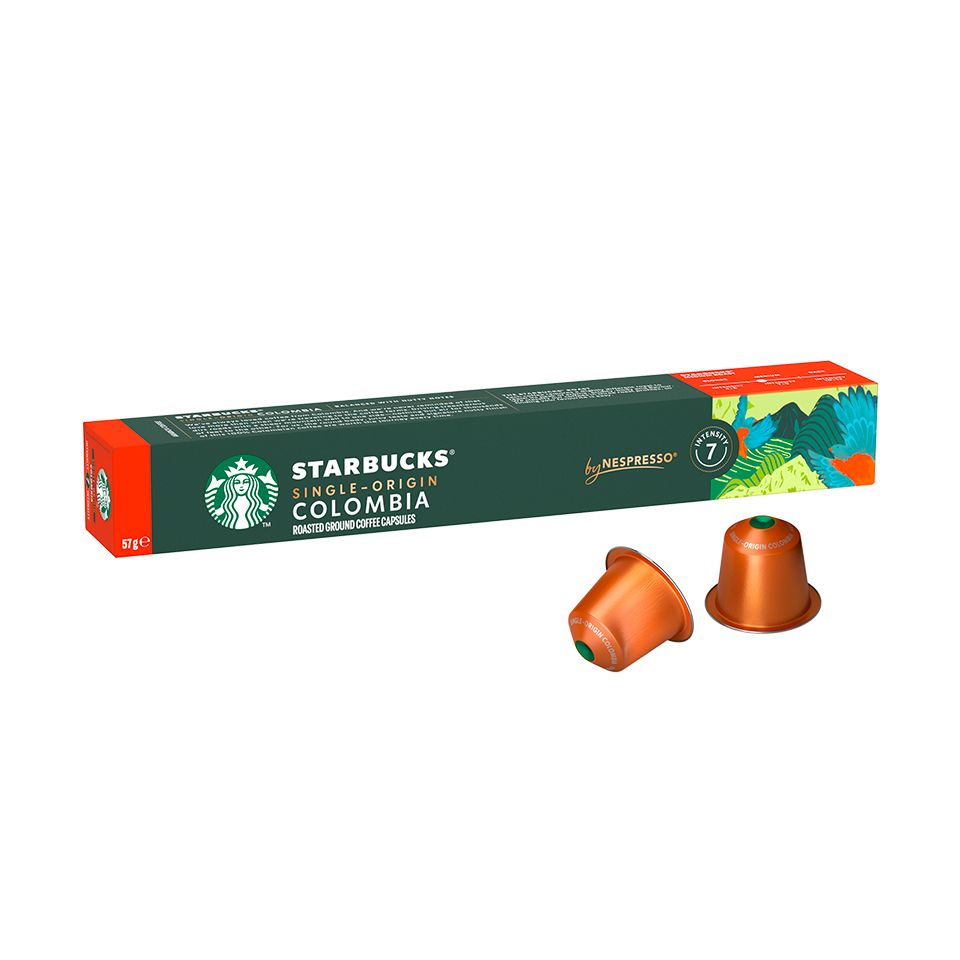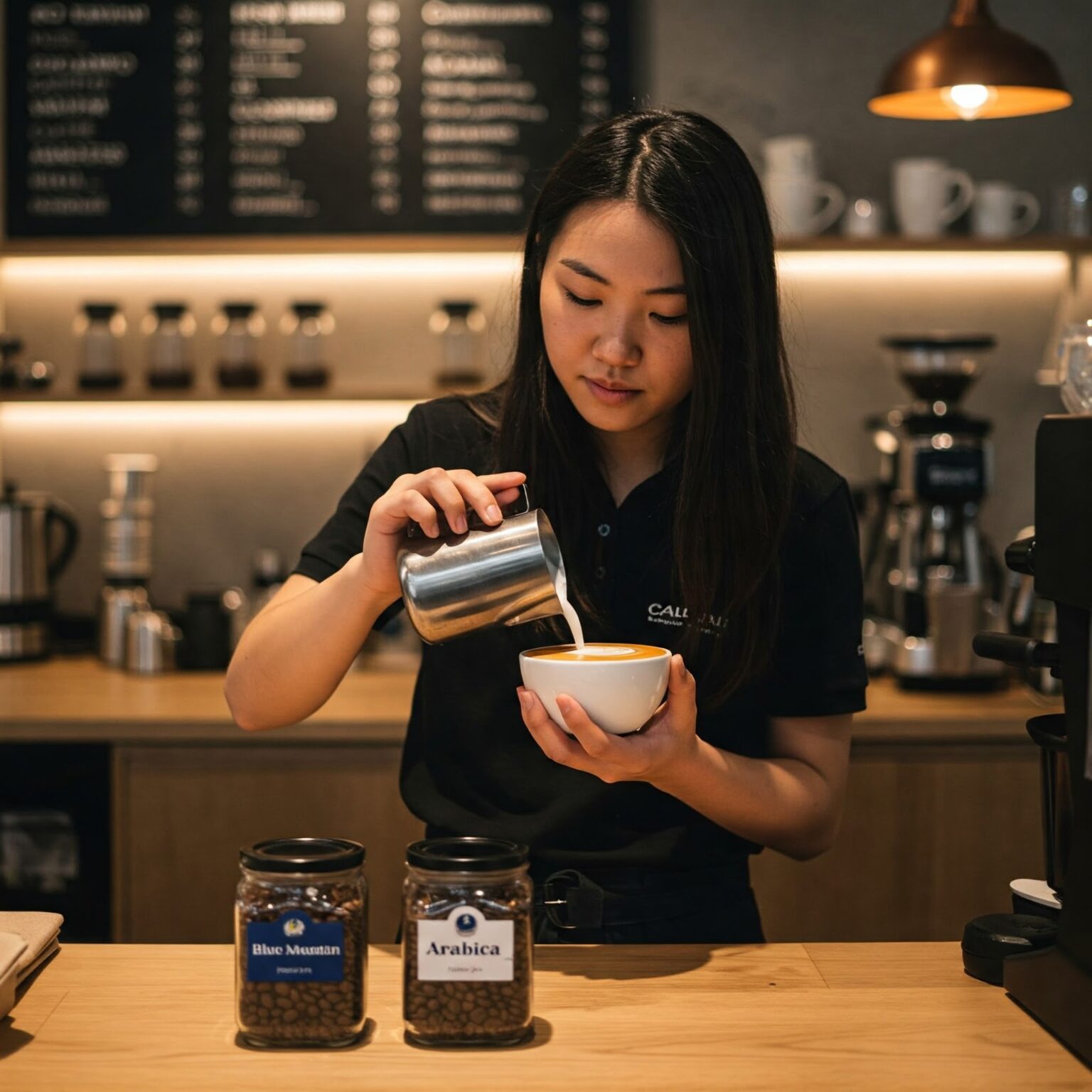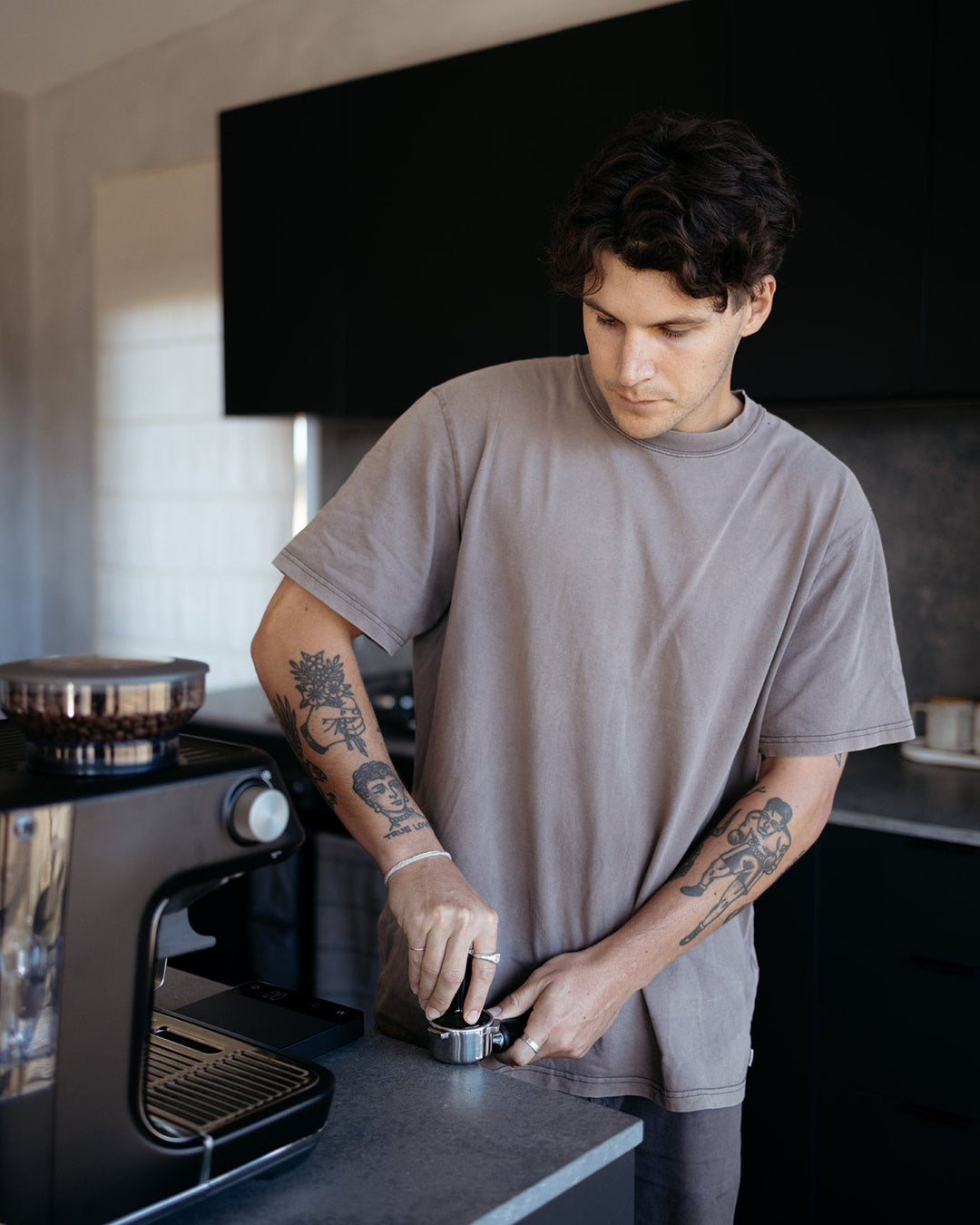SOE Single Origin Espresso – The Go-To Choice for Espresso Lovers
Wiki Article
Recognizing Coffee Beans: the Journey From Coffee to Blended Coffee Beans

The Beginnings of Coffee: A Global Point Of View
While you may think about coffee as a contemporary staple, its origins map back centuries, intertwining with cultures around the world. The story starts in Ethiopia, where legend claims a goat herder called Kaldi uncovered the energizing results of coffee beans after seeing his goats frolicking vigorously after eating them. This sparked interest, bring about coffee's spread to Arab investors that treasured the made beverage. By the 15th century, it reached Persia, Egypt, and Turkey, where coffeehouses came to be social hubs for conversation and society.As trade paths expanded, coffee made its method to Europe in the 17th century, promptly getting appeal. Each society added its special spin to coffee preparation, improving its background.
Farming and Harvesting of Espresso Beans
As coffee's journey advanced, the emphasis changed to the growing and harvesting of certain bean varieties, especially those utilized for espresso. You'll find that espresso beans often originate from Arabica or Robusta plants, each offering distinct flavors. The excellent growing conditions consist of high elevations and rich, well-drained dirt, which boost the beans' quality.During the harvest, picking approaches differ. Timing is vital; you desire to harvest when the cherries reach peak ripeness for maximum taste.
Once gathered, the beans are prepared for processing, which is crucial in identifying their last preference. Recognizing the growing and collecting processes offers you insight right into what goes into your favorite espresso, enhancing your admiration for each and every mug.
Handling Methods: From Cherry to Bean
Since you've found out about collecting espresso beans, allow's check out how those cherries change into the coffee beans you love. You'll see how different harvesting methods influence flavor, adhered to by the crucial steps of fermentation and drying. Lastly, we'll break down the milling and grading process that establishes your coffee's high quality.Harvesting Methods Explained
When it comes to coffee, recognizing harvesting methods is crucial, given that they straight affect the flavor and quality of the beans you enjoy. Discerning choosing entails hand-picking only ripe cherries, ensuring you get the finest high quality beans. Eventually, the option of gathering technique can substantially influence your coffee experience, so it's worth recognizing exactly how those beans made it to your cup.Fermentation and Drying Out
After collecting, the following steps in processing coffee beans play a significant role fit their flavor. You'll discover that fermentation is important, as it assists damage down the mucilage bordering the beans, enhancing their taste profile. Relying on the technique, this procedure can last from a couple of hours to numerous days, with differing results based upon temperature and moisture.As soon as fermentation is complete, drying out complies with, which is just as important. You can select from sun-drying or mechanical drying out techniques. Sun-drying allows the beans to take in flavors from the setting, while mechanical drying out assurances consistent moisture degrees despite weather condition. Appropriate drying out is important to prevent mold and maintain the beans' quality, ultimately influencing your mug of coffee.
Milling and Grading Refine
As fermentation and drying out set the phase for taste advancement, the milling and grading procedure assurances that just the ideal coffee beans make it to your mug. This stage involves eliminating the external layers of the coffee cherry, including the parchment and husk. High-quality beans get a greater quality, resulting in a richer coffee experience.Toasting Strategies: Unlocking Taste Prospective
When you roast coffee beans, the approach you pick can dramatically influence the flavor account. Understanding the connection in between time, temperature level, and toasting methods is vital to exposing the capacity of your mixture. Let's discover just how these elements collaborated to create the ideal mug.Toasting Techniques Explained
While you could believe that all coffee roasting methods produce the very same results, the truth is that each method reveals unique taste possibilities in the beans. You can pick in between approaches like drum roasting, air roasting, or perhaps conventional pan roasting. Drum toasting makes use of a turning drum to evenly disperse warmth, improving caramelization and generating a balanced flavor. Air roasting, on the various other hand, flows hot air around the beans, advertising a lighter roast with pronounced level of acidity. Frying pan toasting enables hands-on control yet requires consistent attention to stay clear of burning. Each method has its subtleties, so explore various techniques can assist you find the perfect roast that lines up with your taste choices. Take pleasure in the journey of discovering your suitable cup!
Impact on Taste Profile
Different roasting approaches not just affect the process yet likewise greatly affect the flavor account of the coffee beans. Dark roasts, on the various other hand, bring out strong, great smoky flavors, in some cases masking the bean's special qualities. Comprehending these subtleties assists you appreciate the creativity behind your mug of coffee, boosting your general experience with every sip.Time and Temperature Level Aspects
To release the full taste possibility of coffee beans, both time and temperature level during the roasting procedure play considerable functions. When toasting, you'll discover that greater temperatures can swiftly develop flavors, yet if you rush it, you could wind up with charred notes. Alternatively, reduced temperature levels permit for a much more gradual flavor growth, showcasing the beans' distinct qualities.
Timing is just as essential; extending the roast too long can bring about a loss of level of acidity and illumination, while also brief a roast could leave the beans underdeveloped. Finding that pleasant area requires practice and trial and error. By changing these variables, you can reveal the abundant, intricate flavors hidden within each bean, creating a genuinely remarkable coffee experience.
The Art of Mixing: Crafting One-of-a-kind Coffee Profiles

Start by selecting a base coffee that gives a strong structure. Choose complementary beans to enhance specific taste notes. For example, a brilliant Ethiopian bean can bring fruitiness, while a rich Brazilian coffee adds body. Experimentation is vital-- don't hesitate to readjust proportions till you locate your excellent account.
As you mix, remember that each mix tells a tale. You're not simply making coffee; you're creating an experience. So, take your time, taste frequently, and take pleasure in the journey of discovering your trademark mix.
Developing Methods: How Preparation Impacts Flavor
Mixing coffee opens up a domain of taste opportunities, but how you brew that mix can substantially affect your final mug. Various developing methods extract one-of-a-kind flavors and aromas, so it's important to select intelligently. As an example, a French press permits oils and debris to continue to be, creating an abundant, robust experience. On the other hand, a pour-over highlights the coffee's quality and brightness, ideal for showcasing fragile notes.Espresso, with its high pressure, generates a focused shot that emphasizes sweetness and crema. If you prefer a lighter brew, consider a chilly brew technique; it yields a smooth, much less acidic preference.
Adjusting variables like water temperature, grind size, and brew time can transform your coffee's profile. Accept the art of brewing to find the tastes concealed in your coffee blends.
The Future of Coffee: Sustainability and Innovation
As the coffee industry progresses, sustainability and technology are coming to be important for resolving ecological difficulties and meeting customer needs. You'll discover that even more coffee firms are taking on environment-friendly techniques, from sourcing beans ethically to applying lasting farming techniques. These changes not just assist the planet but also improve the high quality of the coffee you take pleasure in.You may see advancements like naturally degradable product packaging and water-saving developing techniques that lower waste. Advanced innovation, such as blockchain, is additionally ending up being prominent, making sure transparency in the supply chain, which permits you to map your coffee back to its origins.
Furthermore, purchasing local areas and sustaining farmers through reasonable profession efforts cultivates an extra sustainable coffee ecosystem. As you sip your next mug, remember that your selections can add to a brighter future for coffee. By going with sustainable brands, Single Origin Espresso you're not just appreciating a beverage; you're making a positive influence on the world.
Often Asked Inquiries
What Is the Difference In Between Arabica and Robusta Beans?
Arabica beans are smoother, sweeter, and have a greater level of acidity, while robusta beans are more powerful, extra bitter, and contain even more high levels of caffeine. When making your coffee., you'll see these distinctions in flavor and fragrance.How Does Altitude Affect Coffee Bean Flavor?
Elevation impacts coffee bean taste significantly. Greater altitudes produce beans with brighter level of acidity and complex tastes, while reduced elevations usually generate beans that are heavier and much less nuanced. You'll discover these distinctions in your cup!What Are the Health And Wellness Conveniences of Drinking Coffee?
Consuming alcohol coffee can improve your power, improve psychological emphasis, and even boost physical efficiency. It's abundant in antioxidants, might reduce the threat of specific illness, and can advertise a healthier metabolic rate when consumed in moderation.Can Coffee Beans Be Reused for Brewing?
Yes, you can reuse coffee beans for developing, yet the taste may be weak. If you appreciate trying out, attempt recycling them in different means, like cool mixtures or contributing to shakes for an extra kick.Just how Should I Store Coffee Beans for Quality?
To keep your coffee beans fresh, save them in an airtight container in a trendy, dark area. Stay clear of subjecting them to heat, dampness, or light, as these factors can rapidly weaken their taste and scent.Understanding Coffee Beans: the Trip From Coffee to Blended Coffee Beans.
Now that you have actually learned about harvesting coffee beans, allow's check out how those cherries change right into the coffee beans you love.When you roast coffee beans, the method you choose can drastically influence the taste profile - Single Origin Espresso.While you could think that all coffee toasting approaches generate the exact same outcomes, the fact is that each method exposes unique taste potentials in the beans.Different roasting techniques not just influence the procedure however additionally significantly influence the taste profile of the coffee beans
Report this wiki page